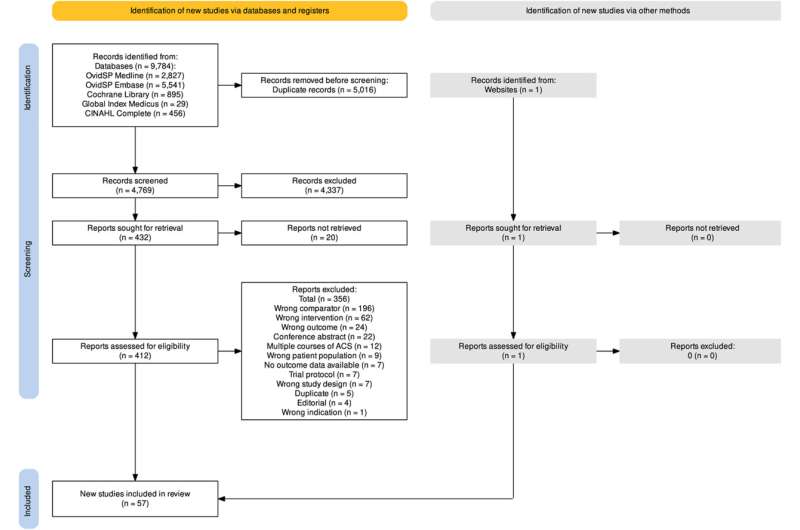
The time between when antenatal corticosteroids are administered and a woman gives birth can improve certain preterm birth outcomes for her baby, a systematic review led by Burnet Institute has found.
Published in eClinicalMedicine , the review informed the recent update of the World Health Organization’s recommendations on antenatal corticosteroids for improving preterm birth outcomes, said lead author and Burnet Institute Senior Research Officer Dr. Annie McDougall.
In the updated recommendations, WHO gave a contextual specific recommendation that women at risk of preterm birth within seven days should be administered antenatal corticosteroids, even if it is anticipated that she may deliver before completing the full course of steroids.
Based on the review findings, they deemed sufficient evidence was available for benefit one to seven days after administration, and possible even with an administration to birth interval of less than 24 hours.
However, the review was unable to recommend when the best interval is between when drugs are administered and birth to ensure the best outcomes for newborn babies, because of considerable differences in how the studies they examined were designed.
“An optimal antenatal corticosteroids administration-to-birth interval likely exists, but variations in study design means we can’t yet identify it from the available evidence,” Dr. McDougall said.
Every year 15 million babies are born preterm, defined as after less than 37 weeks of pregnancy.
Being born preterm is the leading cause of death in children under five, and over a third of newborn deaths in the first 28 days of life are caused by preterm birth complications.

Antenatal corticosteroids administered before birth can improve outcomes for preterm babies, because they can cross the placenta and accelerate the maturing of the fetus’s lung tissue and other organs.
However the question of how long before birth it is best to administer antenatal corticosteroids has remained unanswered.
“This is a very important question clinically, as it informs the use of tocolytics—medicines used to delay birth—so that the antenatal corticosteroids can be given,” Dr. McDougall said.
The review was the first to investigate evidence from both clinical trials and observational studies, to determine how the time between when antenatal corticosteroids are administered and birth can impact outcomes for both mothers and babies.
The researchers found the interval between administration and birth was associated with the odds of a baby dying in the first 28 days, whether they suffered from respiratory distress syndrome or had bleeding in the brain.
However, the best interval differed for different outcomes and across different studies, and no reliable data was available for maternal outcomes.
Dr. McDougall said future research should consider advanced analysis techniques, such as meta-analysis of individual patient data to identify the most beneficial antenatal corticosteroids administration-to-birth intervals.
“Then we will be able to determine how these benefits can be optimized for mothers and babies.”
More information:
Annie R.A. McDougall et al, Effect of antenatal corticosteroid administration-to-birth interval on maternal and newborn outcomes: a systematic review, eClinicalMedicine (2023). DOI: 10.1016/j.eclinm.2023.101916
Journal information:
EClinicalMedicine
Source: Read Full Article
